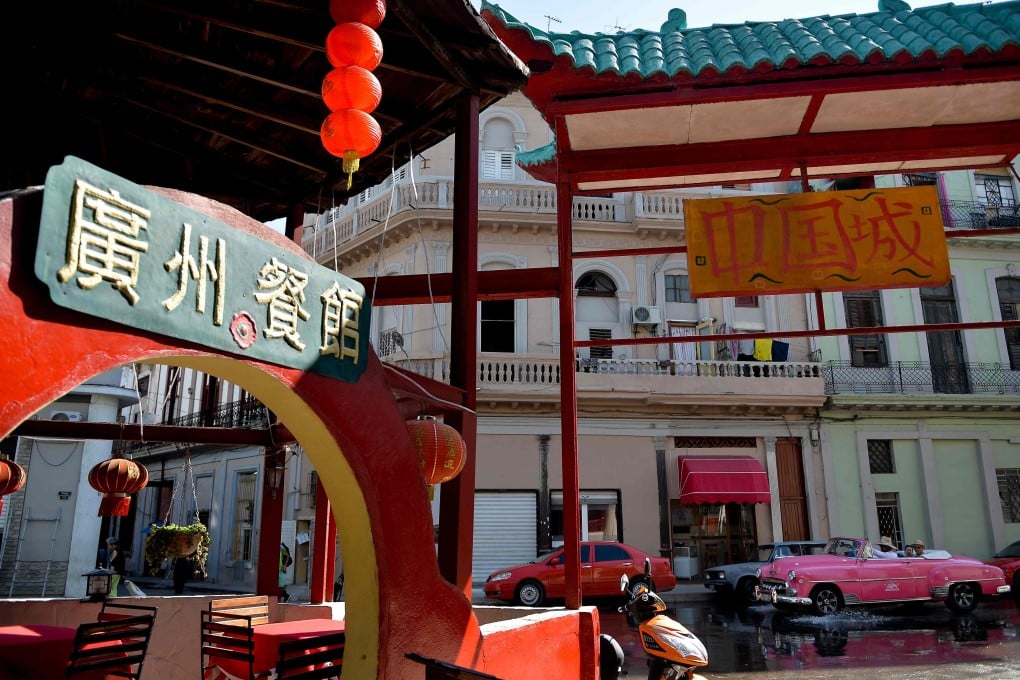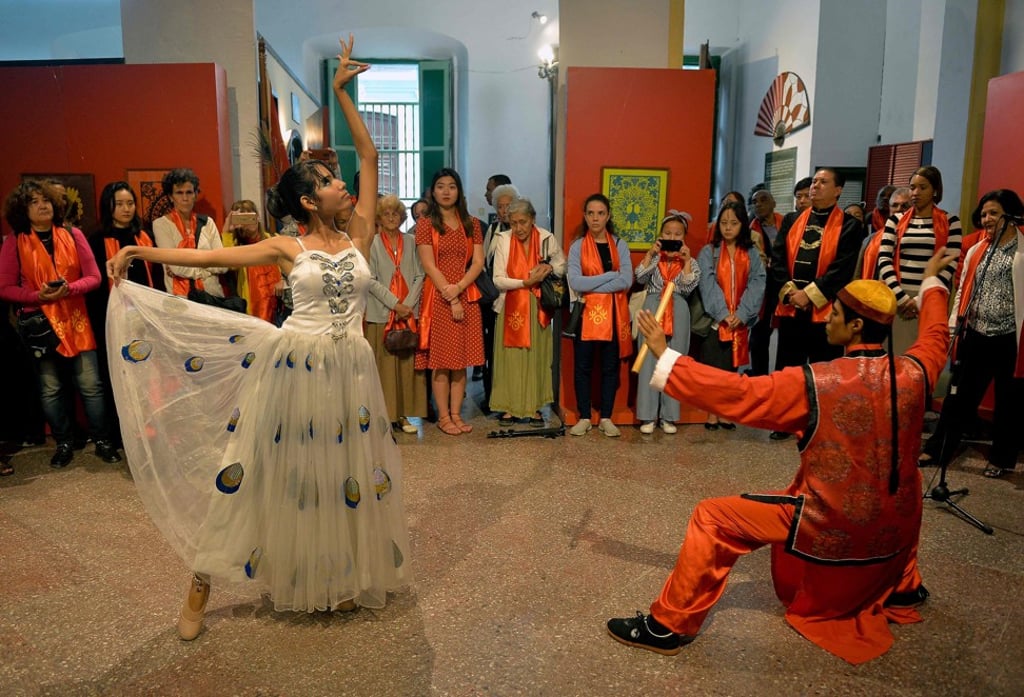A Chinatown without Chinese? Descendants of migrants dream of return to glory days for Havana’s ‘Yellow City’
- With Havana celebrating its 500th anniversary, Cuban authorities have committed to restoring many areas, including Chinatown
- Island has only 121 fully Chinese residents, a far cry from the days of the Cantonese influx in the 19th century

Nestling alongside Havana’s old town, surrounded by colonial buildings and swept by the exhaust trails of passing 1950s American convertibles, stands a large arch with an ornate roof.
It is the entrance gate to Havana’s Chinatown, once the biggest in Latin America, whose residents are now dreaming of recovering its past glory.
Here, taxi drivers joke that it is the only Chinatown in the world without any Chinese, a testament to the assimilation of a migrant community that first arrived in Cuba in the middle of the 19th century.
“Since its creation, it was an open Chinese neighbourhood that produced this mix between the Chinese and the country’s original population,” said Teresa Maria Li, director of the local House of Traditional Chinese Arts.

Li comes from a family with a Chinese grandfather and a Spanish grandmother.